The ever-rising inflation has made it difficult for gamers to build their dream PC. However, with PC parts seeing a price decline, we are getting various budget builds in the market. Of course, your PC preference will differ because you can have a budget of $500, $1,000, or even $5,000. Therefore, knowing the best budget graphics cards is essential to complete your PC build.
Here are the specifications of the best budget graphics cards compared with each other:










Last Updated:
- July 27, 2024: We have changed the formatting to improve readability.
You Should Also Check:
Best Budget Graphics Cards
These are the best budget GPUs currently on the market:
- Best Budget Overall: XFX Speedster SWFT210 Radeon RX 6650 XT
- Best Budget NVIDIA: ASUS Dual OC NVIDIA GeForce RTX 4060
- Best Budget AMD: Sapphire Pulse Radeon RX 6700
- Best Budget For 1440p: ASUS Dual NVIDIA GeForce RTX 3060 Ti
- Best Budget Under $200: ASRock Phantom Gaming D Radeon RX 5500 XT
XFX Speedster SWFT 210 Radeon RX 6650 XT
Best Budget Overall Graphics Card
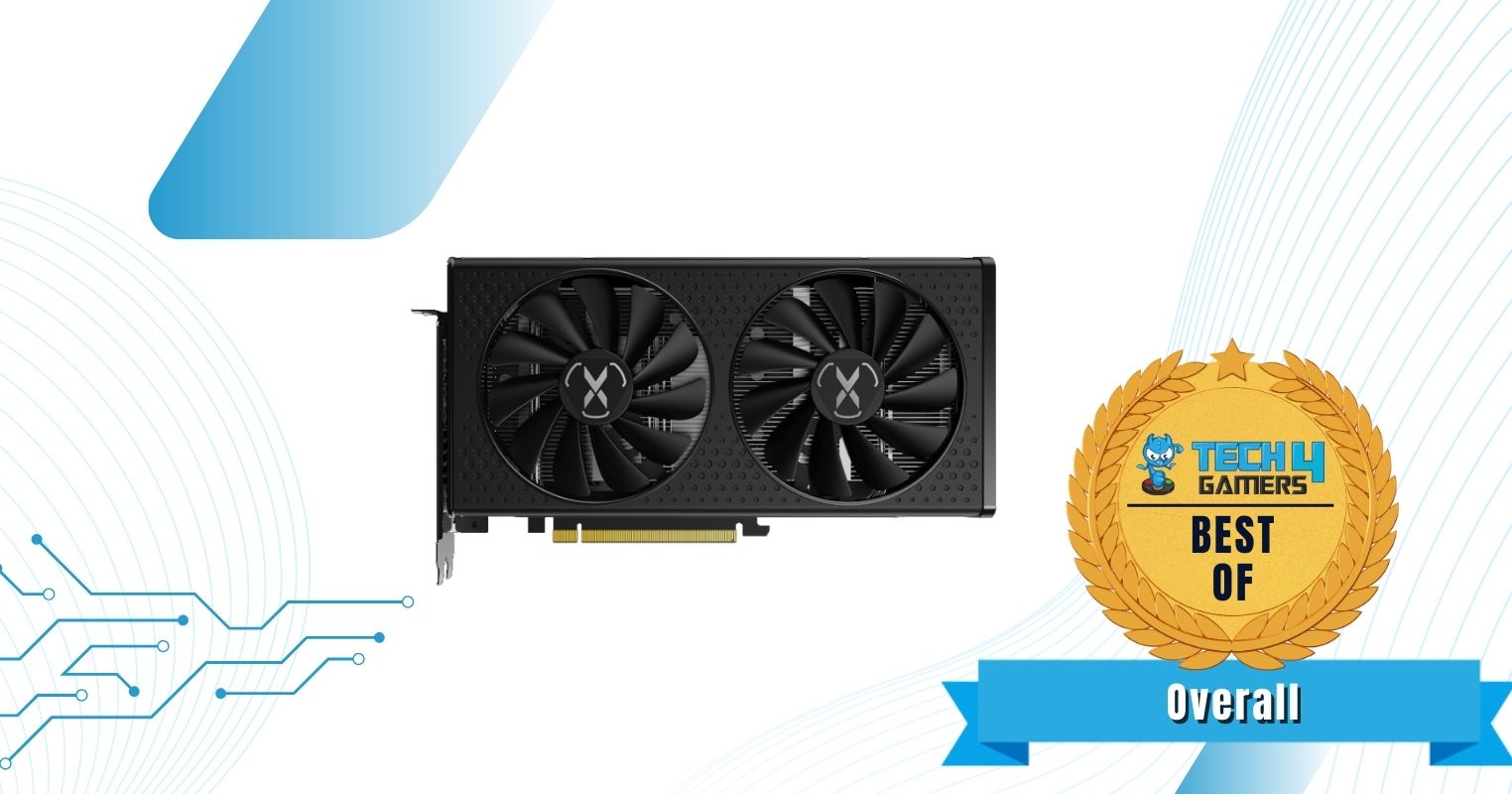
Specifications: Architecture: RDNA 2.0 | Dimensions: 241 x 131 x 41mm | Stream Processors: 2,048 | Base Clock: 2,055MHz | Boost Clock: 2,635MHz | Memory: 8GB GDDR6 | Recommended PSU: 500W | Power Connectors: 1 x 8-pin | RGB: No
Pros
- Low power requirements
- Amazing 1080p performance
- Decent thermal performance
- Great raytracing capabilities
Cons
- Only 8GB VRAM
The SWFT 210 RX 6650 XT is 241 x 131 x 41mm, making it suitable for most ATX cases. Being a dual-slot low-profile card, you don’t require too much space to fit the GPU. Moreover, you can place it in stealthy builds because it only has a few white LED lights and no RGB. Testing the cooling of the SWFT 210 RX 6650 XT, the GPU has five copper baseplate heat pipes. The heat pipes are designed to keep the GPU low-profile and less noticeable. Furthermore, the SWFT 210 RX 6650 XT has two 95mm fans with a zero RPM stop feature. To explain, that means the fans won’t start until the GPU’s temperature exceeds 55°C. This helps keep the noise levels minimal while decreasing power consumption under idle load.
As I stated, the XFX Speedster SWFT 210 Radeon RX 6650 XT performs exceptionally well at 1080p resolution. The GPU runs extremely fast, with a base clock speed of 2,055MHz and a boost clock speed of 2,635MHz. The SWFT 210 Radeon RX 6650 XT also provides exceptional ray tracing capabilities, allowing for better eye candy in many games. You get some overclocking headroom because of the thermal efficiency, but you might only receive a slight bump in most cases. While using the GPU, I managed to get a ~3-5% performance increment through overclocking.
What Makes It The Best Budget Overall Graphics Card?
Out of the many budget graphics cards, the SWFT 210 Radeon RX 6650 XT stands out due to its impressive 1080p performance, power and thermal efficiencies, excellent ray tracing, FSR, overclocking capabilities, and sleek design. Additionally, you can use the GPU for work purposes and in stealthy builds due to the lack of RGB. All in all, the SWFT 210 Radeon RX 6650 XT is the best overall budget graphics card that won’t break your bank.
The AMD Radeon RX 6650 XT has won several other awards from us:
| Performance: 8/10 | Value: 8/10 |
| Features: 9/10 | Design: 10/10 |
ASUS Dual OC GeForce RTX 4060
Best Budget NVIDIA Graphics Card
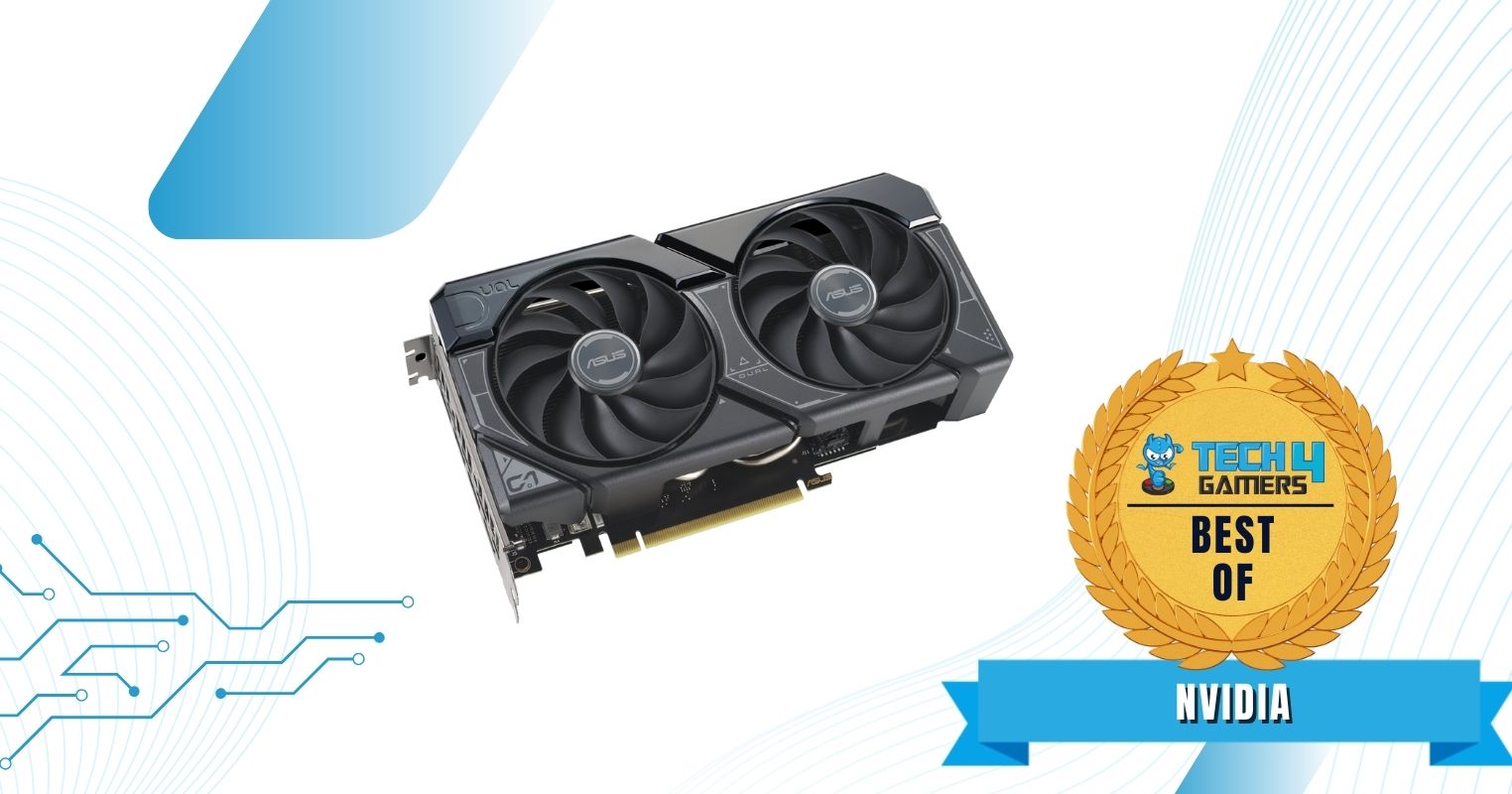
Specifications: Architecture: Ada Lovelace | Dimensions: 227 x 123 x 50mm | CUDA Cores: 3,072 | Base Clock: 1,830MHz | Boost Clock: 2,505MHz | Memory: 8GB GDDR6 | Recommended PSU: 550W | Power Connectors: 1 x 8-pin | RGB: No
Pros
- Great cooling performance
- Almost completely silent
- Great ray tracing capabilities
- Compact design
Cons
- 8GB VRAM
- Issues with older games
The ASUS Dual OC Nvidia GeForce RTX 4060 is 227 x 123 x 50mm and comes as a 2.5-slot card. The GPU has a compact design and can fit in most tight-spaced cases, but you will require three slots to place the graphics card. I used the graphics card in a metallic build, which enhanced the entire PC’s aesthetic with the GPU at the heart of the design. As for cooling, the ASUS Dual OC RTX 4060 offers two heat pipes, each 6mm thick, connected to an aluminum heatsink. In my experience, even with higher fan speeds, I couldn’t hear any noise, giving the ASUS Dual OC RTX 4060 exceptional acoustic levels.
As the NVIDIA GeForce RTX 4060 is one of the latest-gen GPUs, it provides incredible ray tracing and Deep Learning Super Sampling (DLSS) performance. The ASUS Dual OC variant also has a base clock speed of 1,830MHz and a boost clock speed of 2,505MHz. The boost clock speed is ~2% greater than the reference graphics card, improving overall performance.
What Makes It The Best Budget NVIDIA Graphics Card?
The amazing 1080p performance, access to entry-level ray tracing, amazing DLSS 3.0 capabilities, thermal and power efficiency, and a sleek design make the ASUS Dual OC NVIDIA GeForce RTX 4060 the best budget NVIDIA graphics card on the market.
| Performance: 8/10 | Value: 10/10 |
| Features: 9/10 | Design: 8/10 |
Sapphire Pulse Radeon RX 6700
Best Budget AMD Graphics Card
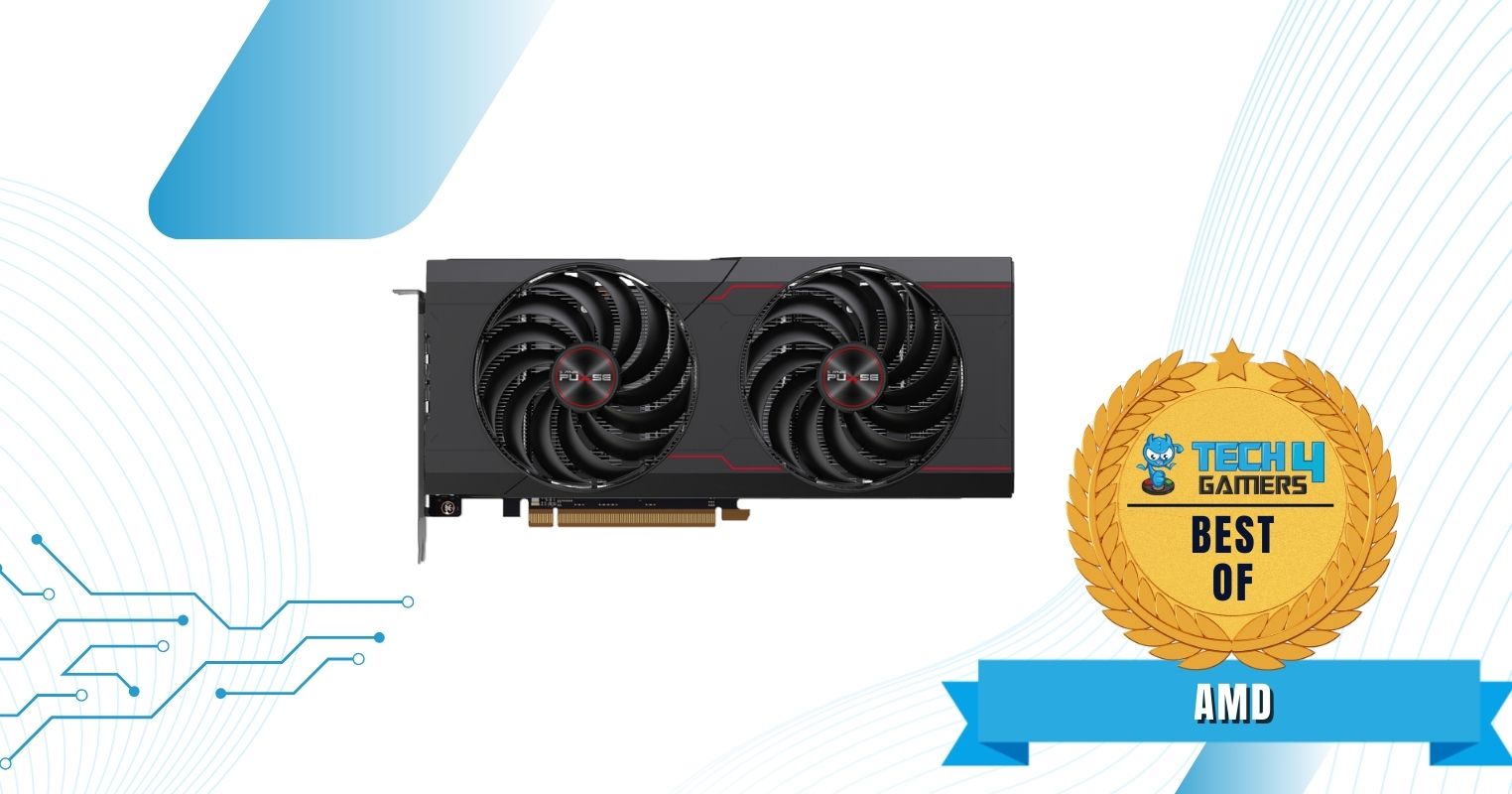
Specifications: Architecture: RDNA 2.0 | Dimensions: 260 x 120 x 49mm | Stream Processors: 2,304 | Base Clock: 2,132MHz | Boost Clock: 2,495MHz | Memory: 10GB GDDR6 | Recommended PSU: 650W | Power Connectors: 1 x 8-pin | RGB: Yes
Pros
- Decent entry-level 1440p performance
- Dual BIOS switch
- Exceptional cooling
- Almost zero fan noise
Cons
- Limited overclocking headroom
The Sapphire Pulse RX 6700 has a 260 x 120 x 49mm size with a 2-slot bracket. This makes the graphics card easily suitable for all ATX and most ITX cases. While customizing my graphics card, utilizing the software was extremely easy, and I got the hang of it within a few minutes. Furthermore, the Sapphire Pulse RX 6700 comes in black and white colors, making it a perfect product for the best white gaming PC build. The GPU has two 92mm fans made of sleeve bearings. These fans can be customized easily using the Sapphire TriXX software, which has the capabilities of changing the fan speed curve, adjusting fan speeds, and monitoring the GPU temperature.
he Sapphire Pulse variant of the AMD Radeon RX 6700 reference card showcases amazing performance boosts. For example, the Sapphire Pulse RX 6700 has a base clock speed of 2,132MHz, an almost 10% increment from the reference model. Furthermore, the Sapphire Pulse has a boost clock speed of 2,495MHz, an almost 2% increment. Because the graphics card already has a bumped-up clock speed, there isn’t a lot of overclocking potential left. I could barely get a ~2% increment with increased thermals and power consumption when I tried overclocking.
What Makes It The Best Budget AMD Graphics Card?
The amazing 1080p gaming performance, cooling capabilities, zero fan noise, and low power consumption make the Sapphire Pulse Radeon RX 6700 one of AMD’s best budget graphics cards. You can utilize the sub-$300 GPU for entry-level 1440p gaming and use features such as ray tracing, FSR, and even SAM for additional performance.
| Performance: 8/10 | Value: 10/10 |
| Features: 8/10 | Design: 8/10 |
ASUS Dual OC GeForce RTX 3060 Ti
Best Budget Graphics Card For 1440p Gaming
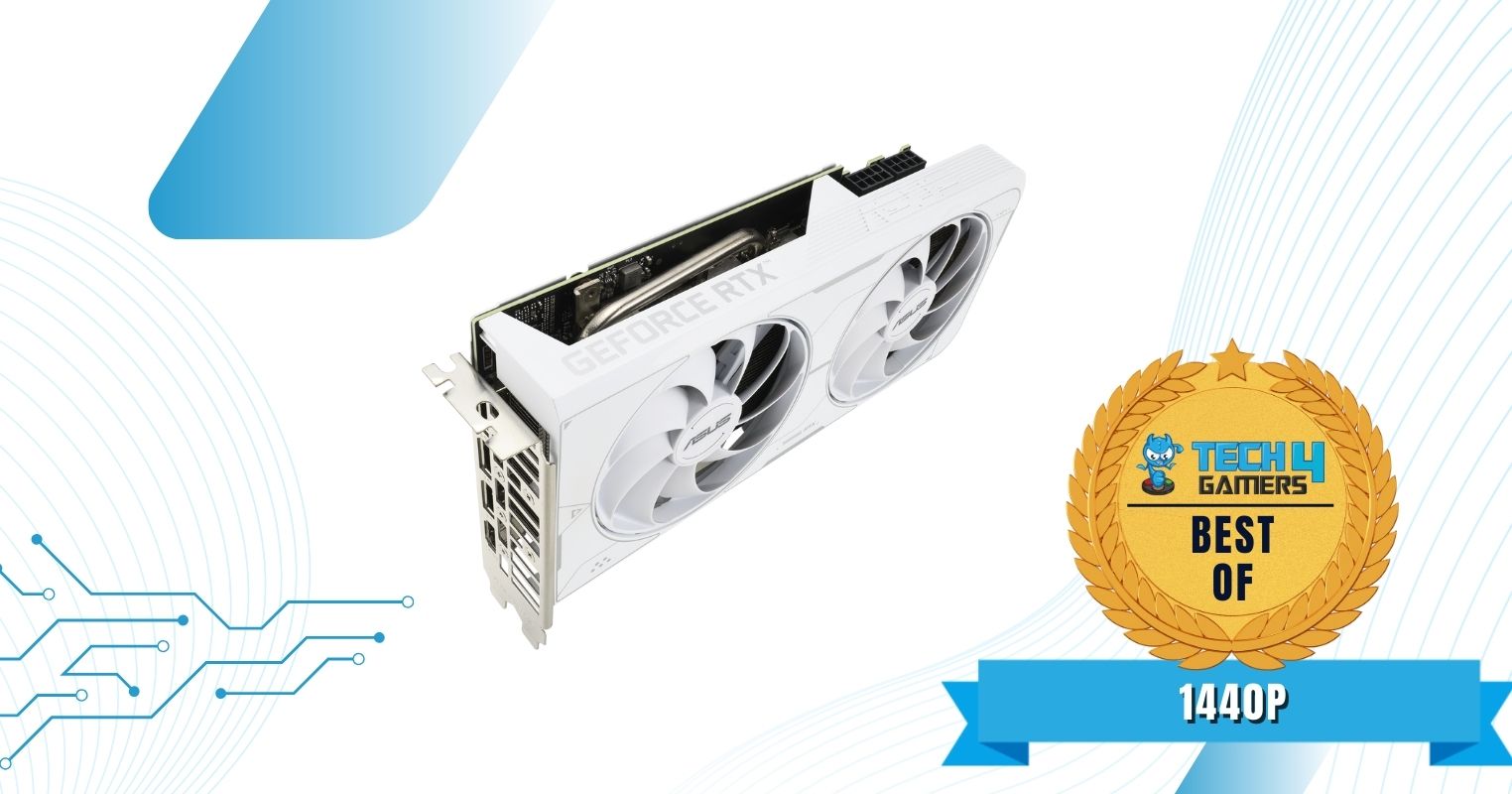
Specifications: Architecture: Ampere | Dimensions: 230 x 120 x 42mm | CUDA Cores: 4,864 | Base Clock: 1,410MHz | Boost Clock: 1,710MHz | Memory: 8GB GDDR6X | Recommended PSU: 750W | Power Connectors: 2 x 8-pin | RGB: No
Pros
- Exceptional 1440p performance
- GDDR6X memory
- Quiet fans
Cons
- High power requirements
- No overclocking headroom
Starting with the design, the ASUS Dual OC RTX 3060 Ti has a 230 x 120 x 42mm size. Because it is a 2-slot card, you can easily fit it in any ATX case. However, you will need to be cautious in ITX cases due to the length of the GPU. Surprisingly, the ASUS Dual OC RTX 3060 Ti GPU has an increasingly similar cooling design to the Sapphire Pulse RX 6700 GPU. While the ASUS Dual OC RTX 3060 Ti has two heat pipes, three less than the RX 6700; each is 6mm thick and made of pure copper. Moreover, the graphics card houses two 92mm fans utilizing an Axial tech design. The fans also have a zero RPM feature, which helps reduce noise levels significantly.
Looking at the performance, the ASUS Dual OC RTX 3060 Ti houses amazing performance for a budget graphics card. With a base clock speed of 1,410MHz, the ASUS variant doesn’t change the speeds from the reference model. However, the 1,710MHz boost clock speed sees a ~3% increment from NVIDIA’s reference card. During my testing, I saw that the ASUS Dual OC RTX 3060 Ti doesn’t have much overclocking headroom, even with a higher power output.
What Makes It The Best Budget Graphics Card For 1440p Gaming?
The performance-to-dollar ratio enhanced ray tracing capabilities along with DLSS 2.0, quiet fans, and better cooling methods are a few reasons that make the ASUS Dual OC RTX 3060 Ti the best budget graphics card for 1440p gaming. While staying on a budget, you can get 60FPS and more in most AAA-titled games with DLSS enabled. Furthermore, you neither require a big chassis nor a lot of cooling for the GPU to perform adequately, further enhancing its value.
| Performance: 10/10 | Value: 7/10 |
| Features: 9/10 | Design: 9/10 |
ASRock Phantom Gaming D Radeon RX 5500 XT OC 8GB
Best Budget Graphics Card Under $200
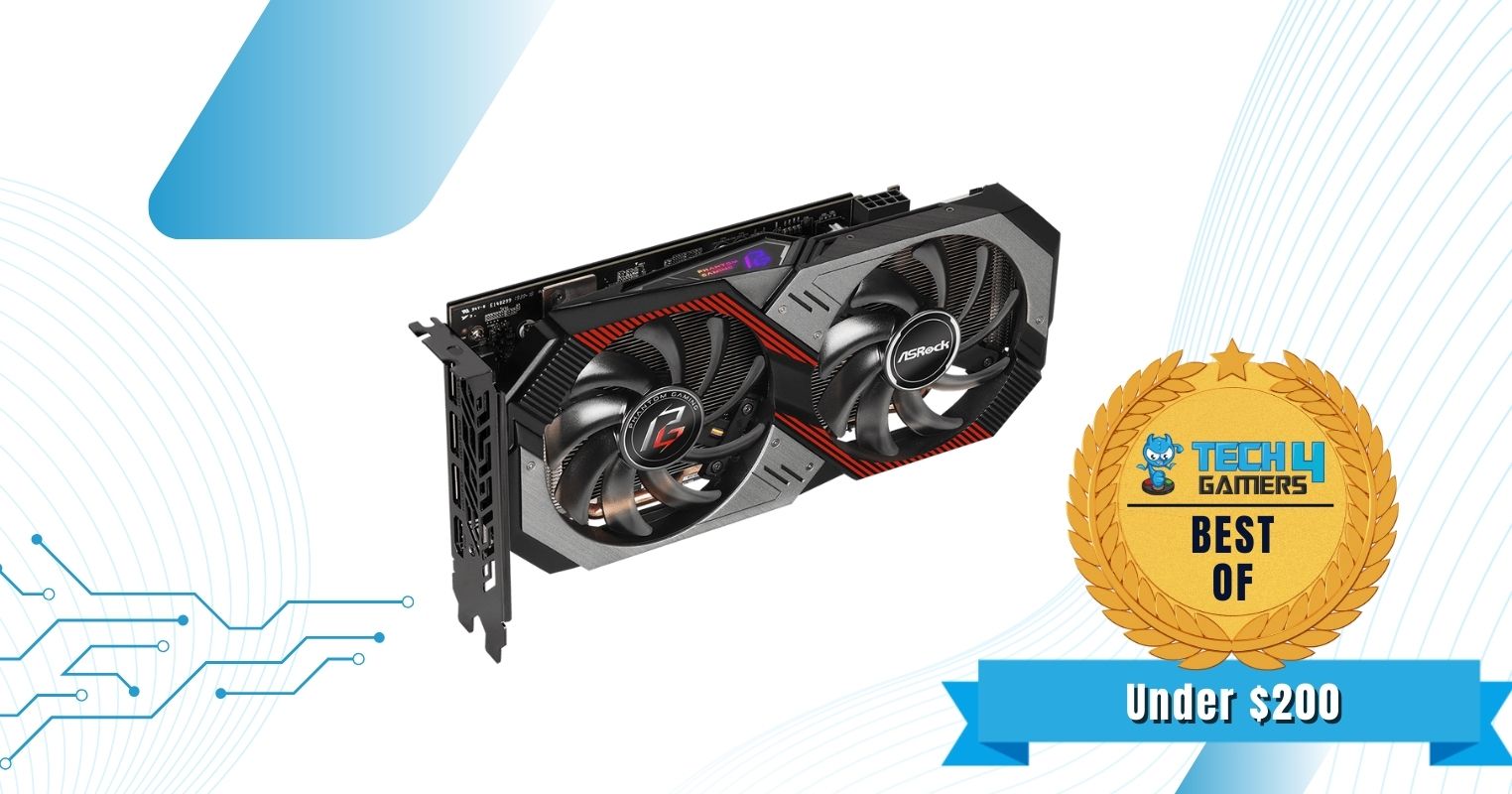
Specifications: Architecture: RDNA 1.0 | Dimensions: 241 x 127 x 42mm | Stream Processors: 1,408 | Base Clock: 1,685MHz | Boost Clock: 1,845MHz | Memory: 8GB GDDR6 | Recommended PSU: 500W | Power Connectors: 1 x 8-pin | RGB: Yes
Pros
- Effective cooling
- Great 1080p performance
- Amazing performance-per-dollar ratio
Cons
- Louder fans
- No ray tracing support
Firstly, the ASRock Phantom RX 5500 XT has a 241 x 127 x 42mm size, making it a slightly compact dual-slot graphics card. This means you don’t have to spend on a big case, and you can fit the graphics card easily in any ATX or ITX chassis. Moreover, you can use the ASRock Polychrome Sync software to customize the RGB. The GPU comes with two 85mm fans. The fans have a zero RPM feature, which helps with keeping acoustic levels low. However, during my testing, I noticed that the ASRock Phantom RX 5500 XT produces more noise when the fans are fully utilized. Even though you can change the fan customizations, the noise level doesn’t decrease.
For a graphics card under $200, the ASRock Phantom RX 5500 XT showcases exceptional performance, even giving over 60 FPS in most games at 1080p resolution. With a base clock speed of 1,687MHz and a boost clock speed of 1,845MHz, the card runs pretty fast. You can also utilize FSR features, which help boost FPS in difficult-to-run games. However, the GPU isn’t compatible with ray tracing, leaving space for some eye candy.
What Makes It The Best Budget Graphics Card Under $200?
The exceptional gaming performance at 1080p for its price, cooling capabilities, unique color availability, RGB customization options, and features such as FSR make the ASRock Phantom Gaming D RX 5500 XT one of the best budget graphics cards under $200. You can easily fit the GPU for a build under $500 and get amazing gaming performance in AAA-titled games at high and ultra settings.
| Performance: 7/10 | Value: 10/10 |
| Features: 8/10 | Design: 9/10 |
Gaming Benchmarks Of The Best Budget Graphics Cards
Here are a few samples of the gaming benchmarks I got when testing each of the products in this review. I tested all of the graphics cards under 1080p, 1440p, and 4K resolutions with and without utilizing ray tracing to get these results. Here are the results:
Specifications Comparison
| Graphics Cards | Memory (GB) | Clock Frequency (MHz) | Boost Frequency (MHz) | Shading Units | Length (mm) | TDP (W) |
|---|---|---|---|---|---|---|
| XFX SPEEDSTER SWFT210 Radeon RX 6650 XT | 8 | 2055 | 2635 | 2048 | 241 | 180 |
| Asus DUAL OC GeForce RTX 4060 | 8 | 1830 | 2505 | 3072 | 227 | 115 |
| Sapphire PULSE Radeon RX 6700 | 10 | 2132 | 2495 | 2304 | 260 | 220 |
| ASUS Dual GeForce RTX 3060 Ti | 8 | 1410 | 1710 | 4864 | 269 | 200 |
| ASRock Phantom Gaming D Radeon RX 5500 XT 8G OC | 8 | 1685 | 1845 | 1408 | 241 | 130 |
Important GPU Key Terms
- DLSS: Short for Deep Learning Super Sampling, DLSS is an image enhancement technique NVIDIA utilizes to improve FPS without any physical performance boost. AMD has a similar image enhancement technique called FidelityFX Super Resolution (FSR).
- Tensor Cores: Tensor cores are an important aspect of ray tracing and DLSS. These cores perform complex mathematical calculations, also called tensor computations. Faster tensor computations equate to better ray tracing and DLSS performance.
- CUDA Cores: CUDA cores help with tasks that require processing. GPUs with better CUDA cores process data faster and are more useful for productivity tasks. AMD has a similar technology called Stream Processors.
- VRAM: Also stands for Virtual Random Access Memory; VRAM is present in all graphics cards and stores data that is frequently accessed in games. The VRAM usually saves data such as renders and shaders, among other graphical inputs.
- Overclocking: Overclocking is a way to manually increase the boost clocks of your GPU, CPU, and RAM. Consumers can overclock their products by increasing the power consumption and wattage limits. However, it should be done in moderation, as overclocking can be dangerous.
- Ray Tracing: Ray tracing is a technique that uses RT cores to create artificial light in games. The RT cores perform complex mathematic calculations to imitate realistic lighting, such as reflections and refractions, improving a frame’s quality. Not every graphics card supports ray tracing and ones that do take a big hit on performance.
- GDDR6: GDDR6 is a memory type used in recent graphics cards. The standard is slowly shifting to GDDR6X, but most budget GPUs still utilize GDDR6. The memory typically offers a bandwidth between 14 to 16 Gbps.
How We Selected The Best Budget Graphics Cards
To choose the best budget graphics cards, I followed multiple parameters, such as performance, cooling capabilities, wattage requirements, and aesthetics. There are, of course, many more factors to consider when selecting a graphics card.
- Performance: While choosing the graphics cards, I took caution in selecting cards with decent 1080p and 1440p performance, depending on their price. None of the cards I picked provide less than at least 60 FPS at 1080p ultra. It would be best to consider your monitor’s refresh rate so as not to waste your monitor’s full potential.
- Cooling Capabilities: You must rely on your GPU’s cooling capabilities half the time to avoid thermal throttling. Thus, I chose graphics cards with plenty of heat pipes that can disperse heat properly and aid in cooling. Better GPU fans were a bonus.
- Wattage Requirements: You must always consider the power consumption of your graphics card and how much your power supply can provide. As a rule of thumb, budget GPUs usually don’t require too much power, which I kept in mind while choosing the GPUs.
- Aesthetics: When choosing a graphics card, you don’t want one that doesn’t go with the rest of your build. While aesthetics might not be necessary for gaming performance, a good-looking graphics card will go a long way. Thus, I chose graphics cards that have a variety of color options and look aesthetically pleasing. Neutral colors such as black and gray are always welcome as they fit with most builds. However, more catchy colors such as red and white might appeal to consumers wanting a unique color scheme.
Frequently Asked Questions
Yes. Graphics cards are getting cheaper steadily as time passes. We’re seeing more stable prices than ever since the 2020 pandemic.
Yes. The NVIDIA GeForce RTX 4060 is not only better in performance but also has better thermal capabilities and lower power consumption.
Thank you! Please share your positive feedback. 🔋
How could we improve this post? Please Help us. 😔
[Hardware Reviewer & Editor]
Meet Nauman Siddique, a highly experienced computer science graduate with more than 15 years of knowledge in technology. Nauman is an expert in the field known for his deep understanding of computer hardware.
As a tech tester, insightful reviewer, and skilled hardware editor, Nauman carefully breaks down important parts like motherboards, graphics cards, processors, PC cases, CPU coolers, and more.
- 15+ years of PC Building Experience
- 10+ years of first-hand knowledge of technology
- 7+ years of doing in-depth testing of PC Hardware
- A motivated individual with a keen interest in tech testing from multiple angles.
- I majored in Computer Science with a Masters in Marketing
- Previously worked at eXputer, EnosTech, and Appuals.
- Completed Course in Computer Systems Specialization From Illinois Tech


 Threads
Threads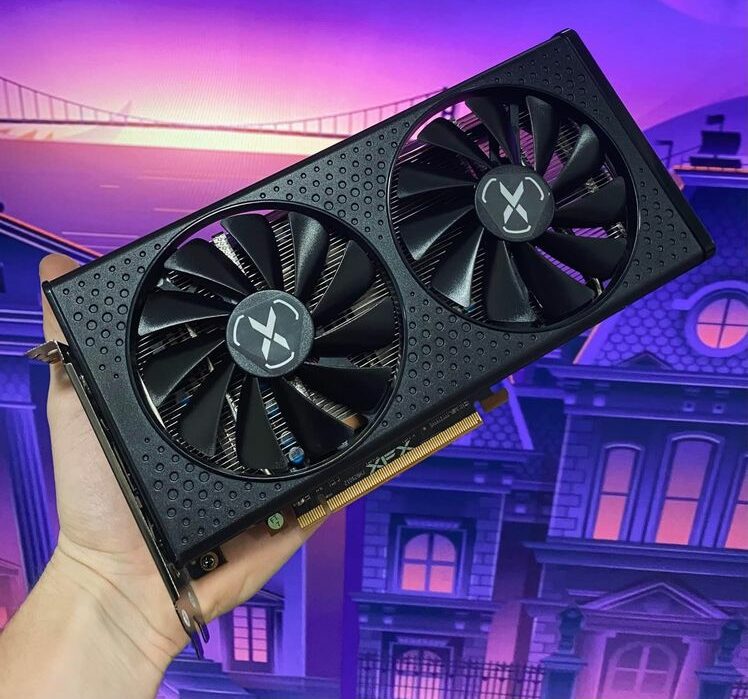
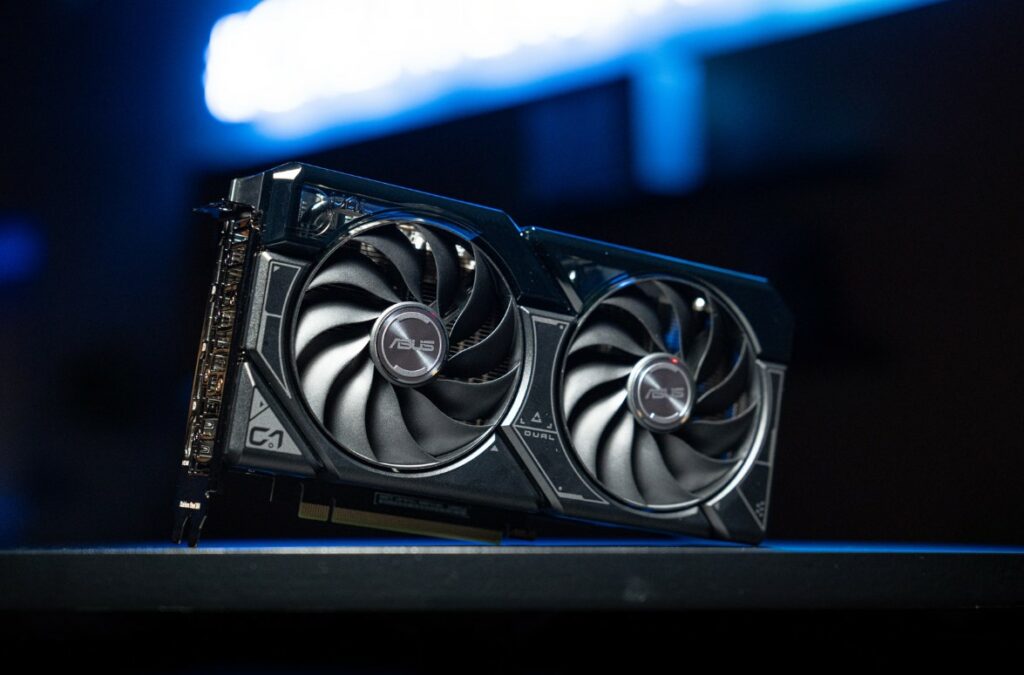
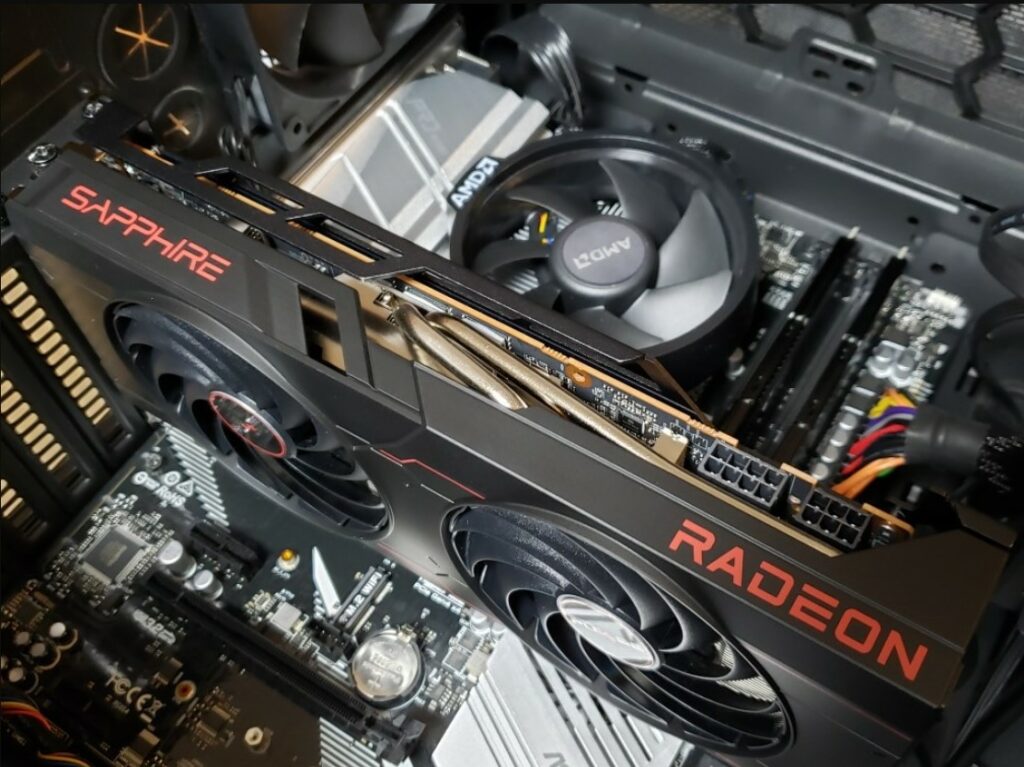
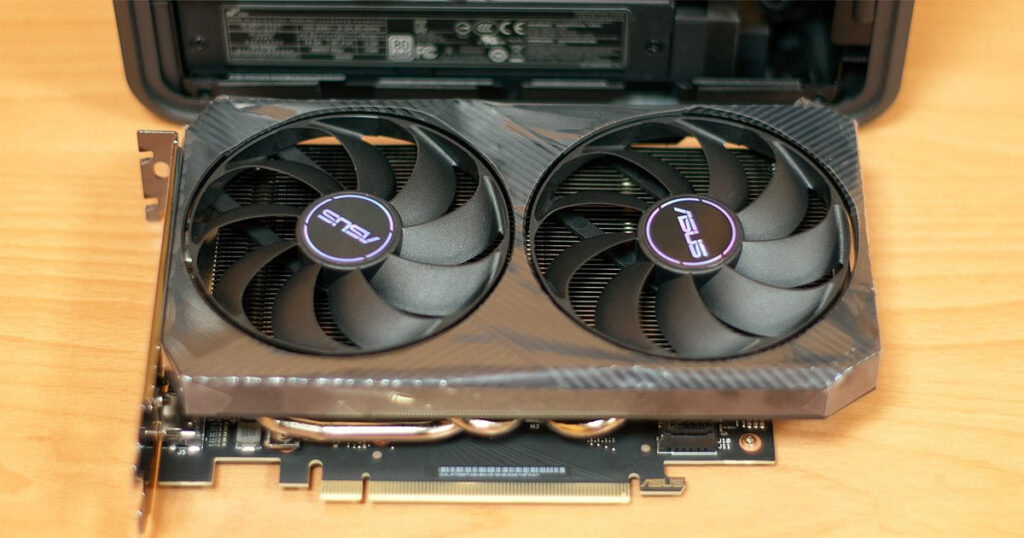
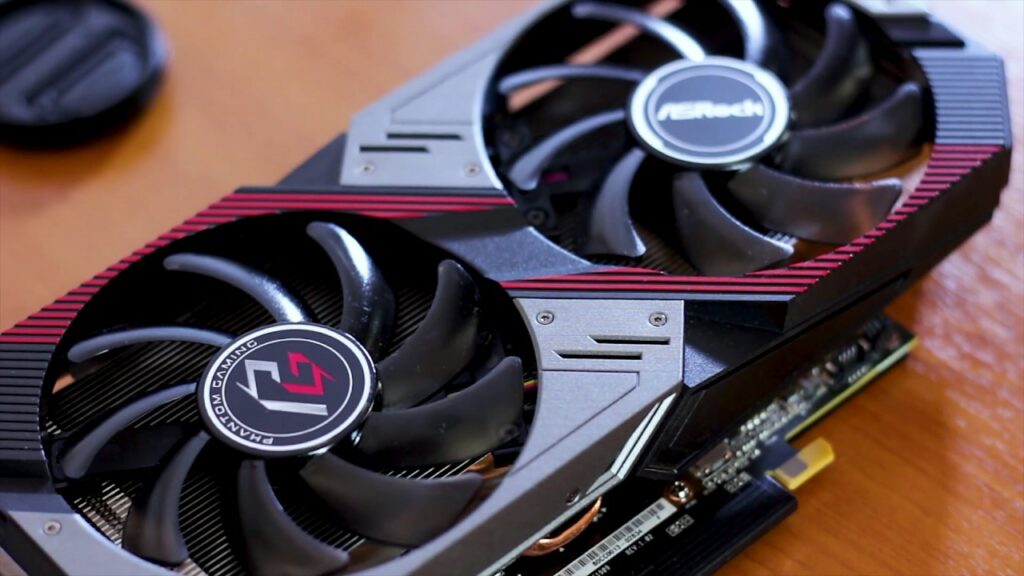
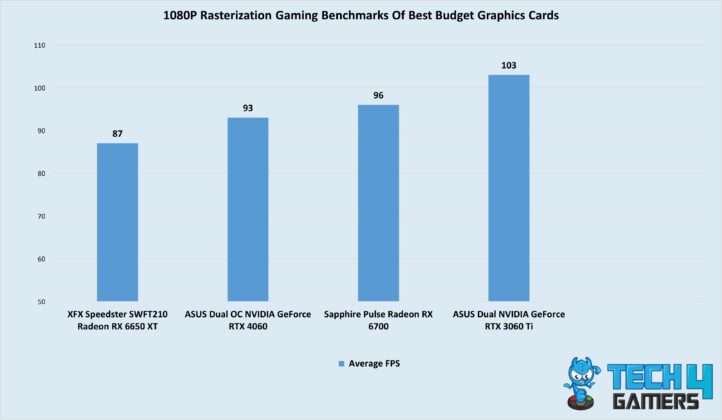
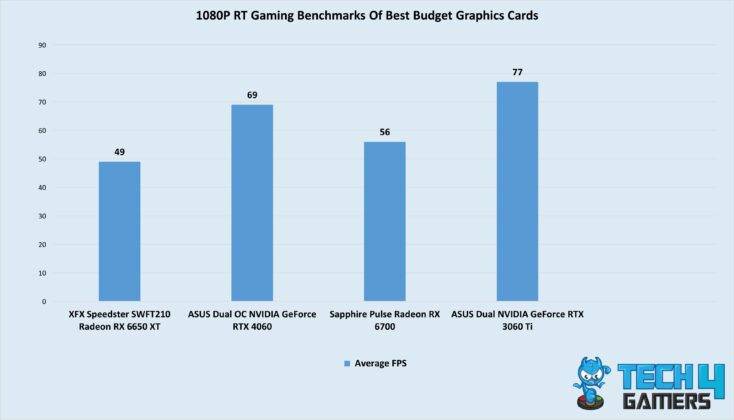
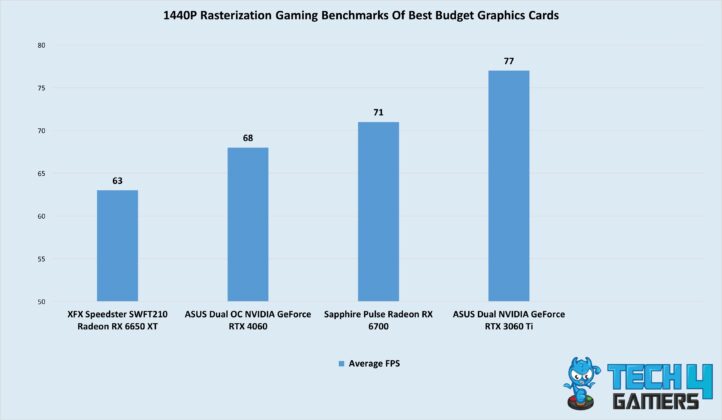
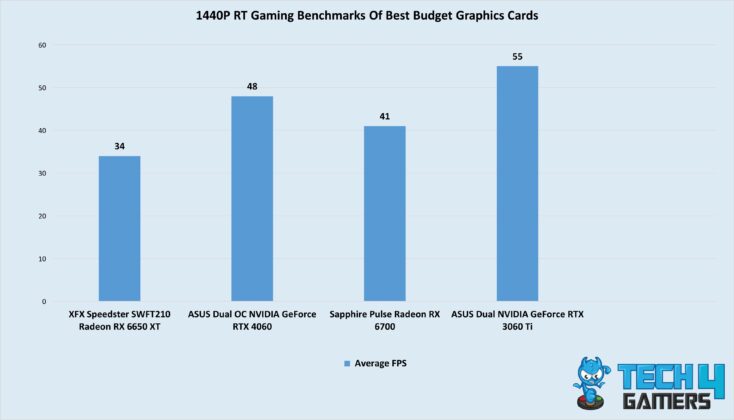
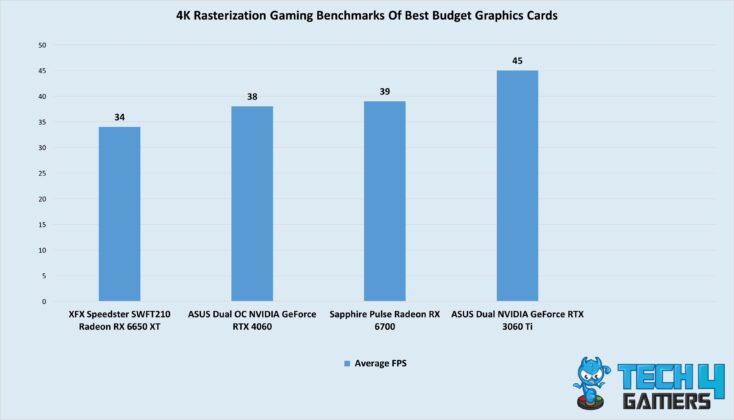
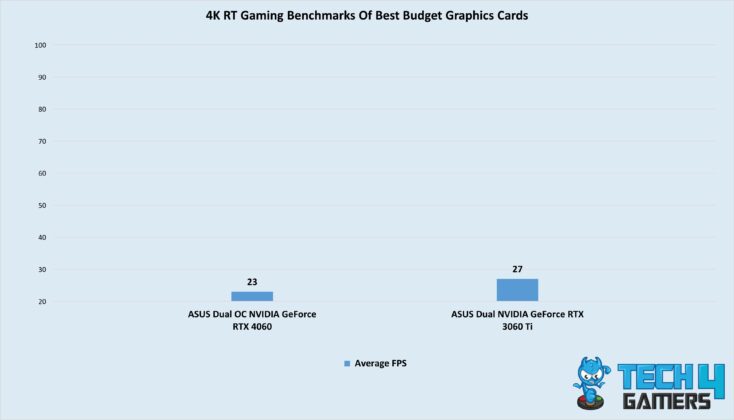

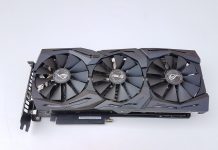
![Best GPU For Ryzen 7 7800X3D [Expert Picks] Best GPU For Ryzen 7 7800X3D](https://tech4gamers.com/wp-content/uploads/2023/06/Best-GPU-For-Ryzen-7-7800X3D-218x150.jpg)
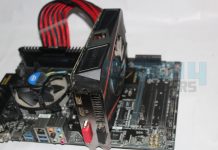
![5 BEST Graphics Cards For 1080p [With Benchmarks] Best GPU For 1080p](https://tech4gamers.com/wp-content/uploads/2023/06/Best-GPU-For-1080p.jpg)
![The BEST RX 7900 XTX Graphics Cards [With Benchmarks] RX 7900 XTX Graphics Cards](https://tech4gamers.com/wp-content/uploads/2022/12/RX-7900-XTX-Graphics-Cards-218x150.jpg)